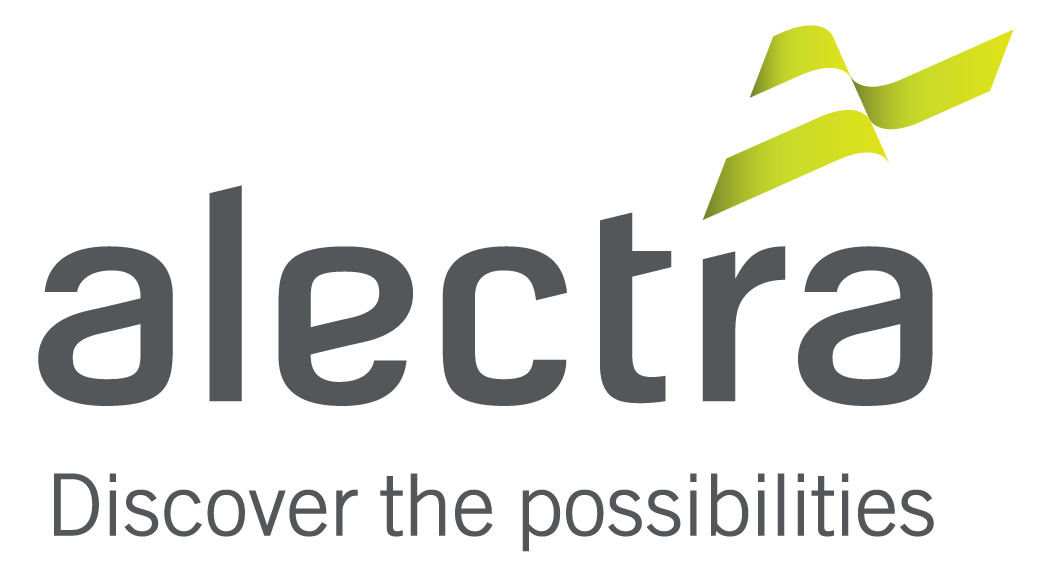
The unique energy needs of Canadian communities are as varied as the country’s landscape. In Ontario alone, communities range from sparsely populated rural areas to dense urban centres with differing industries driving the local economies. As demands for electricity continue to increase, distributed energy resources (DERs) have potential to help manage that increasing demand and to provide cost-effective alternatives to traditional infrastructure.
One example is Ontario’s York Region where the population is 1.11 million and growing fast. As a result of this rapid growth, electricity demand is expected to exceed system capability in the years ahead. More affordable and sustainable energy solutions are needed to address the increasing electricity demand and to support the region’s long-term economic development plan. At the same time, customers want more choice in how their electricity needs are met. And communities are interested in solutions that can defer the need for more poles and wires to be built in their neighbourhoods.
Ontario’s electricity industry has provided efficient and cost-effective services over the years, but local distribution companies (LDCs) have historically invested in traditional large-scale transmission and distribution assets that are now aging and require long-term capital investment to replace. While this traditional infrastructure does provide economies of scale, it also has its limitations such as not responding quickly to changes in demand. And there are limited opportunities today for buying and selling electricity generated at a local level.
Introducing Ontario’s first local electricity market
To help discover reliable and affordable alternatives to building new transmission infrastructure, Alectra Utilities is partnering with Natural Resources Canada (NRCan) and Ontario’s Independent Electricity System Operator (IESO) to launch the first-ever local electricity market in Ontario. Officially named the IESO York Region Non-Wires Alternative (NWA) Demonstration Project, this innovative project was created by the IESO to study how a local electricity market could potentially be integrated with the provincial electricity market. The project is funded equally by the IESO’s Grid Innovation Fund and NRCan’s Smart Grid Program. It is currently in the design phase and is expected to launch in mid-2020.
“This project will help us better understand the potential of using distributed energy resources in place of traditional infrastructure by evaluating them in real-world applications,” said Brian Bentz, President and CEO, Alectra Inc. The data collected through real-world testing of a local electricity market using DERs will help inform decisions for regional and provincial long-term economic plans.
How the local electricity market will work
The IESO York Region local electricity market will leverage DERs such as solar photovoltaic panels, electricity storage (e.g. batteries), combined heat and power plants, small natural gas-fired generators, energy conservation, and other clean technologies.
Because DERs are local, electricity has a shorter distance to travel along power lines compared to electricity that travels from large generation plants via long-distance transmission lines to electrical substations. DERs also enable utilities and customers to better respond to grid conditions and to reduce or shift electricity consumption to on-site generation or storage. This has the potential to reduce stress on the grid during peak demand conditions as well as to improve reliability and resiliency against power outages.
The local electricity market will also allow DER owners, aggregators representing groups of small business and residential customers, and large commercial customers to compete in a local market through which they can also provide services to the wholesale market.
“When we’re out talking to communities, one common theme we hear is a desire to have more choice in how their electricity needs are met,” said Terry Young, Vice-President of Policy, Engagement and Innovation at the IESO. “This pilot will help us learn if we can enable that choice while also reducing costs for Ontarians.”
A competitive market combined with less investment in costly new infrastructure, the lower cost of generating and delivering electricity close to consumers, and reduced grid stress will all work together in the best interests of our customers.
Going local to find solutions to power the future
The goal of the local electricity market pilot project is to learn how to achieve a cleaner, more flexible and efficient electricity system that:
- takes advantage of distributed energy resources;
- reduces grid consumption during peaks in demand;
- minimizes the need to invest in new transmission infrastructure;
- makes electricity distribution more reliable and resilient; and
- provides customers more choice and drives down electricity system costs.
Alectra Utilities is proud to be involved in this groundbreaking applied research and believes that the benefits of DERs will be transformative. “We’re excited to join the IESO and Natural Resources Canada in championing innovation, embracing leading-edge technologies and shaping the energy future of our customers and our communities,” said Bentz. The local electricity market is one of several pilot projects that will help Alectra discover the possibilities of sustainable energy solutions to power the future for the customers and communities it serves.
Lori Gariepy is a communications advisor at Alectra Utilities. To learn more about the IESO York Region Non-Wires Alternative (NWA) Demonstration Project, visit: https://alectra.com/nwa/.
Media Contact:
media@alectra.com | 24/7 Media Line: 1.833.MEDIALN
